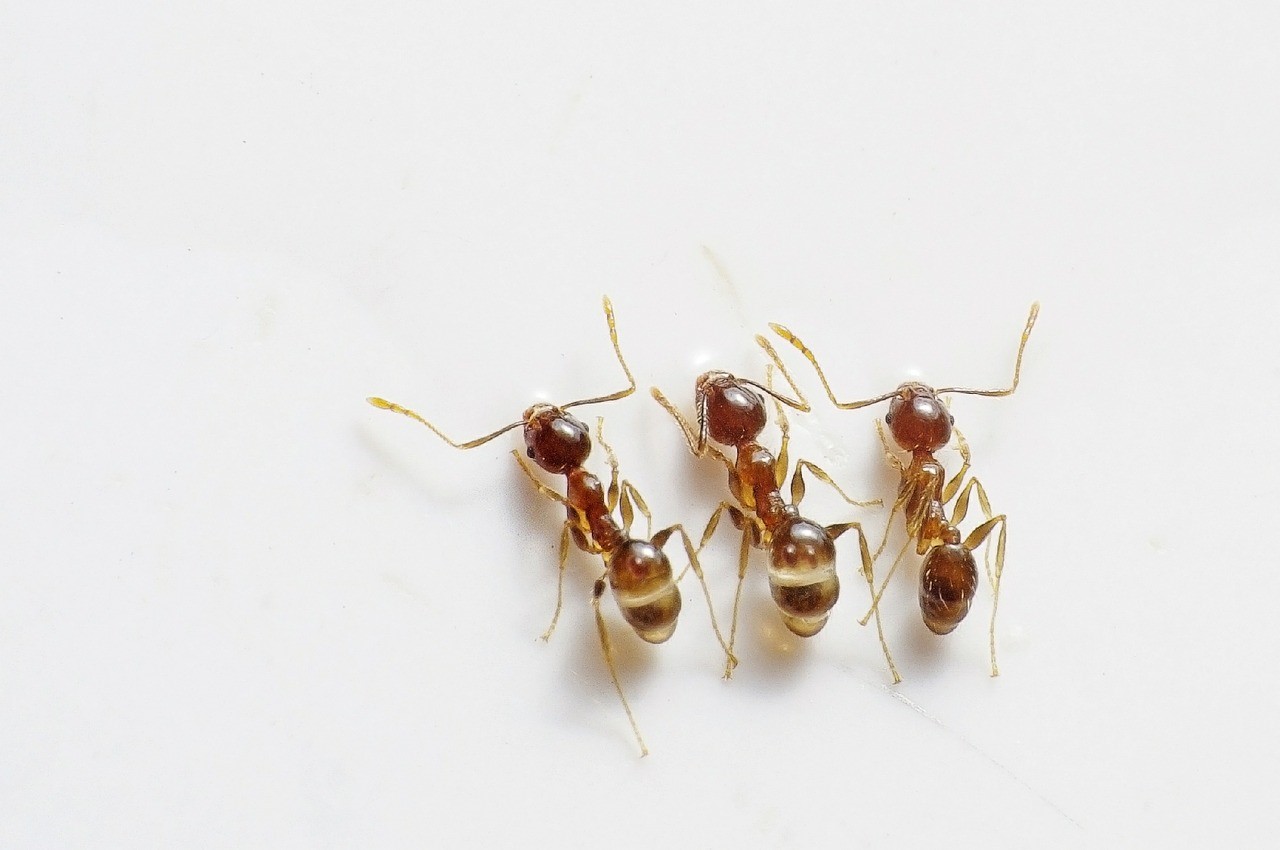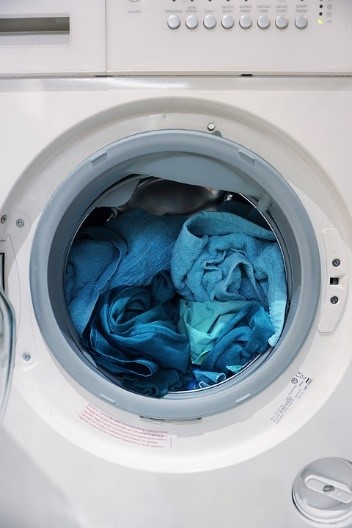
Keep pests away, that’s the best advice for a healthy and happy home. For some pests, that’s easier said than done and in the case of ants, you could be dealing with a big problem that is only going to get worse before it gets better.
Ants are gross. They invade your home seeking out food and when they find it you can bet you will have an infestation the likes of which you’ve probably never seen before. But you can’t let these invading hordes win the day, you need to fight back. There’s nothing worse than seeing those tiny little insects marching across your floor, swarming in and around your pantry, or crawling on your children.
Pest control services can help eliminate the problem, but they can be expensive and your problem may not be that severe…yet. The trick is to deal with the problem at the very first sign of even one ant moving around in your personal space. That calls for locating how and where that ant (and possibly hundreds or thousands of others) is finding a way into your home.
Let’s stop this from becoming a serious issue. Here are the ways in which you can locate the ants’ entry point into the house and the options you have for shutting those areas of ingress to prevent further nuisance and bother.
Where to Look
The truth is there may be more than one place where the ants are getting in. So, you’re going to need to conduct a thorough and complete search of all the regions in and around your home. Your examinations may come across multiple entrances, which is problematic to say the least but the sooner you identify these vulnerabilities, the better.
Another thing to keep in mind is that, no matter how hard you look, you may miss one or two openings and not even realize you have until you find a trail of ants marching in through your kitchen.
Home Exterior
There’s one thing of which you can be sure when it comes to finding where the ants are coming from, it’s the outdoors. So, start by searching for the entrances that exists out there. Look at the sidewalks, the foundation of the home, even the soil and grass surrounding the property. Ants can travel as far as 100 feet from their nests, so you should extend your search area at least that far.
Look around the exterior of the house itself. Check for cracks or gaps near windows or around door frames. These tiny gaps can be pretty hard to spot without closer inspection but you’ll be glad you put some extra effort into the task. Not only do these little vulnerabilities allow for ants and other small pests to get inside the house, they also allow for your climate-controlled interior air to escape out. This reduces the energy efficiency of the home and it can leave you running your HVAC system much longer than typically necessary.
Shutting Them Out
After you locate all of the possible means of access for the ants to get in your home, you need to take steps to seal up these entrances permanently. You can use just about anything, from putty to plaster to glue to caulk. These materials are designed to last and should hold up for a long time, so you need not worry about ants getting into your home from the outdoors again.
Home Interior

Once you’ve discovered and closed all of the identifiable exterior entrances that were giving ants an invitation into your home, it’s time now to start checking all around the interior of the dwelling. It’s best to start from the ground up which means you want to go into the basement first.
You are most likely to find ants getting in through areas near leaky pipes, a hot water heater, even the washing machine. Any places where moisture can be prevalent, these are the areas that ants are attracted to the most. If you notice any rotten wood you may have identified the exact location where the ants are making their way inside.
Next, go up to the main level of the home. The rooms where food is stored and water is available. So, this is going to start with your kitchen, then the dining room. Look to window sills and baseboards, near countertops where food is typically prepared. You may see an ant or two or more here and when you do, watch where they return to when they are exiting the house.